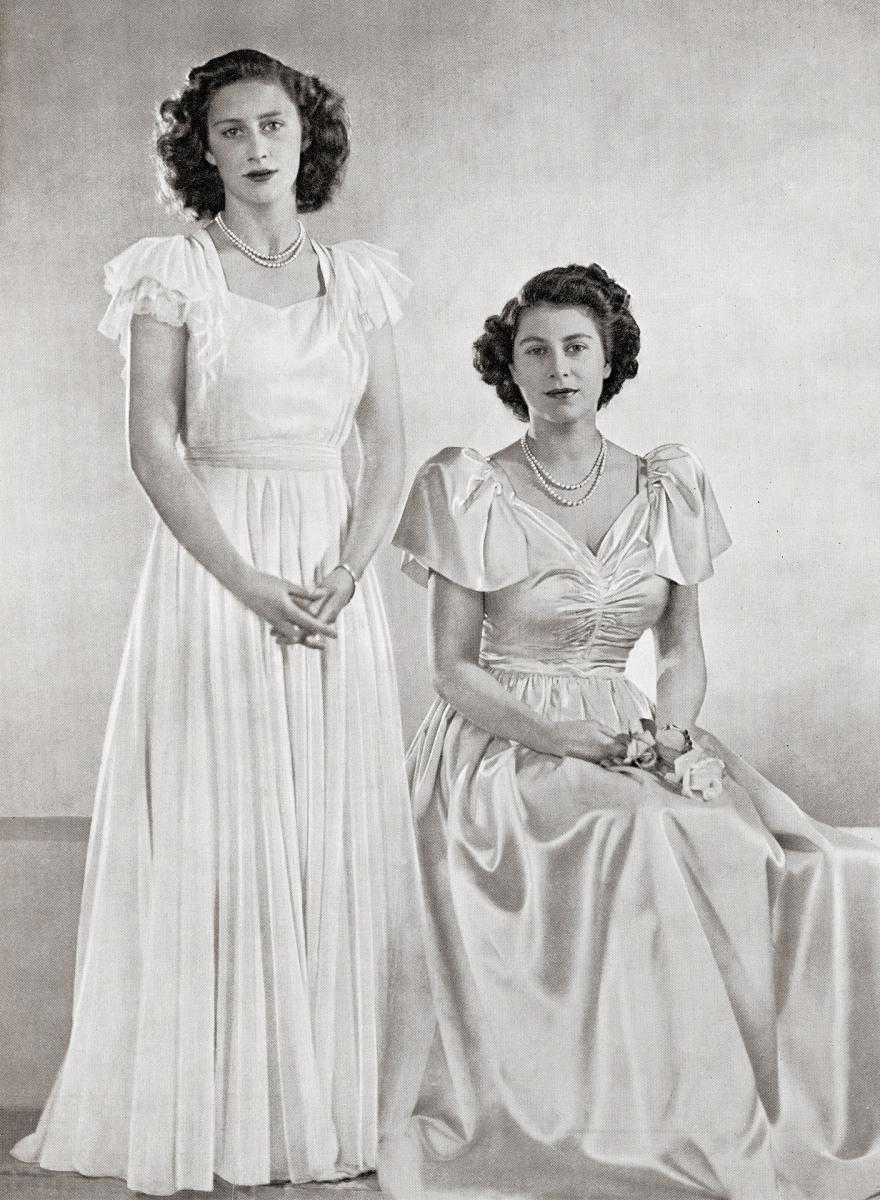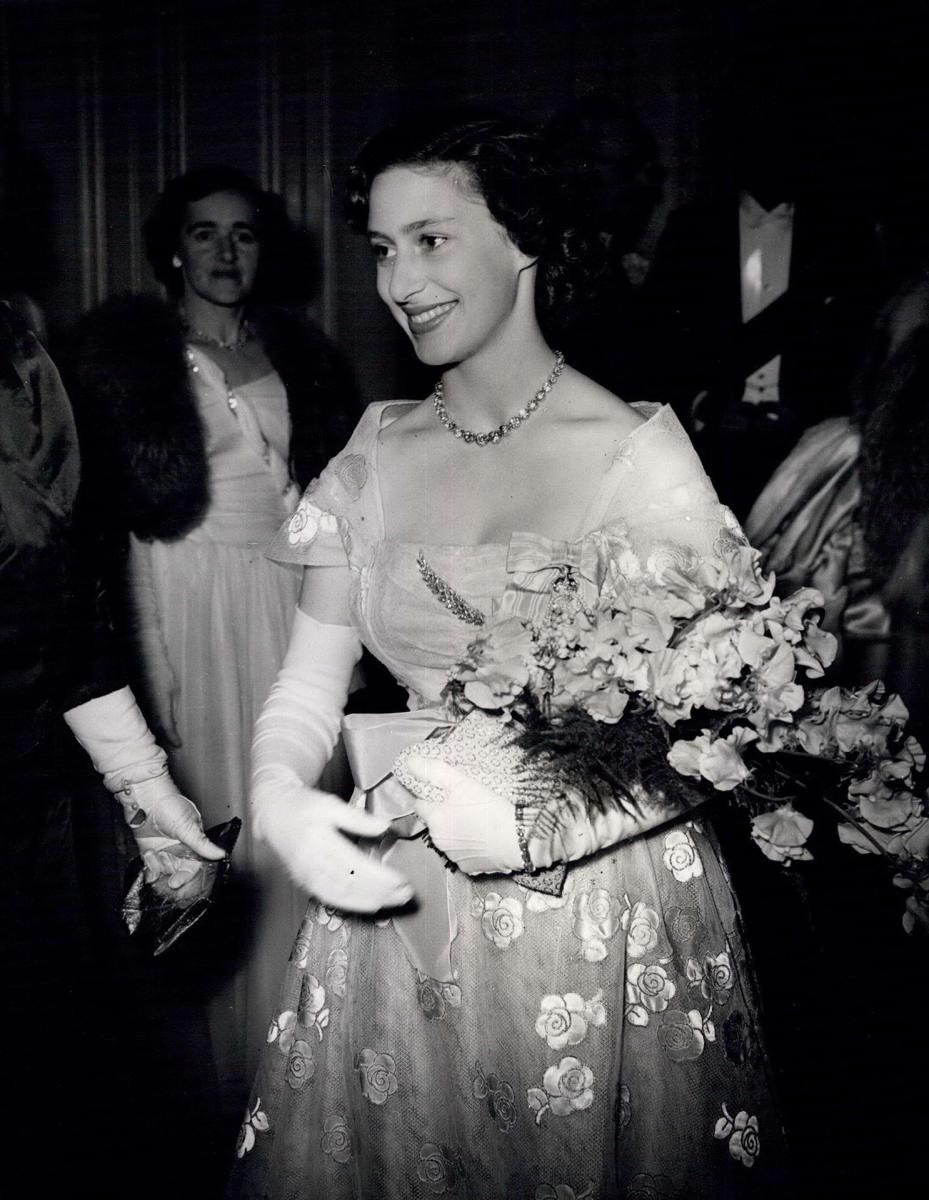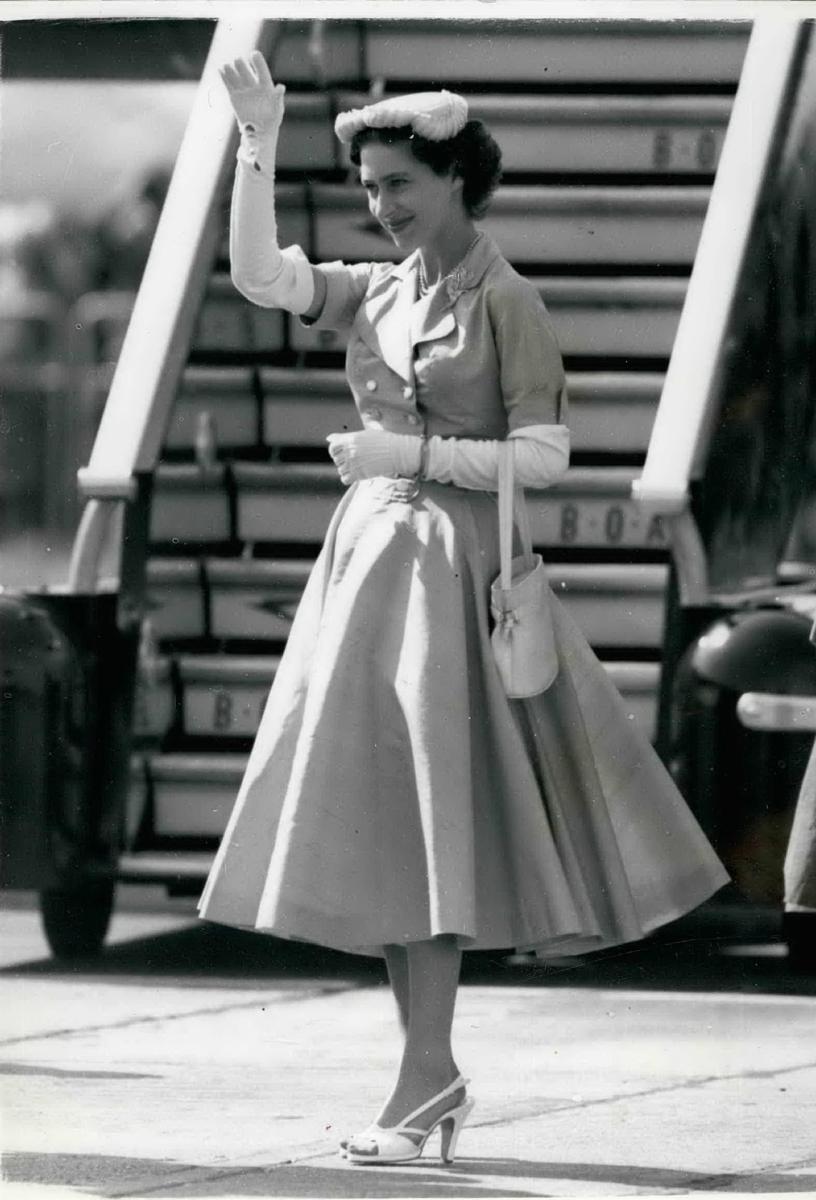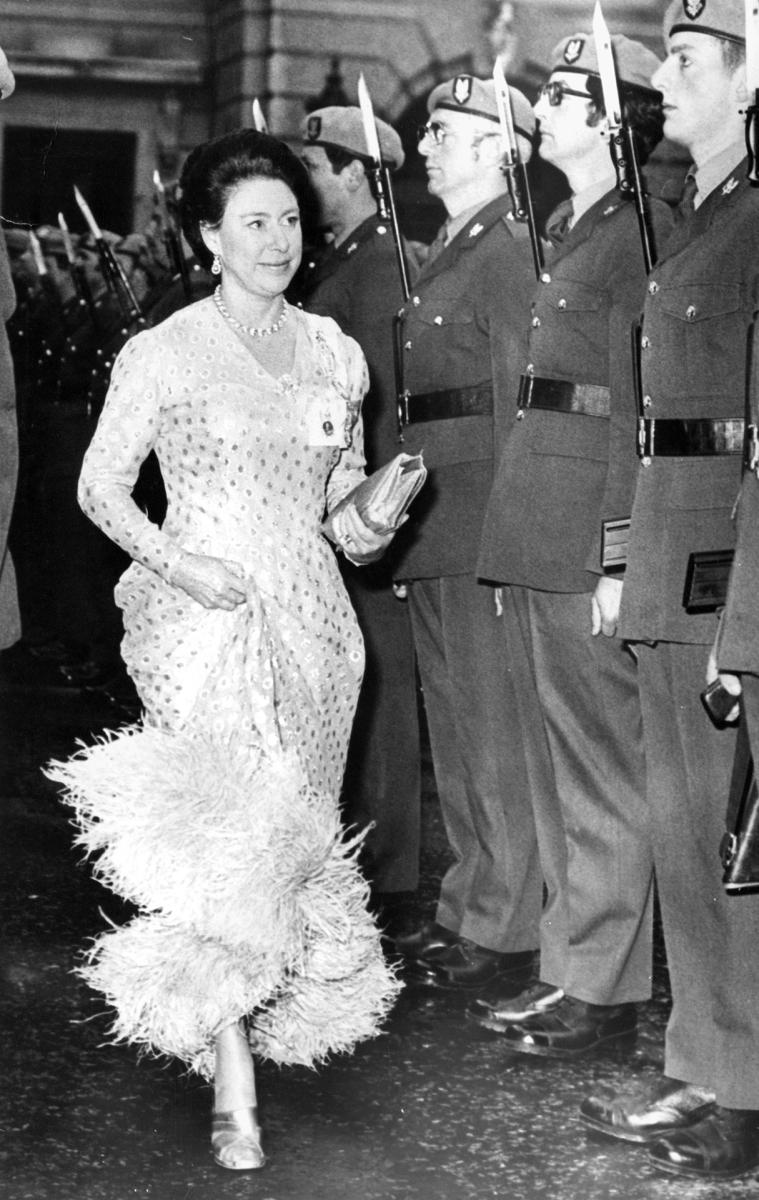Move Over, Queen Elizabeth: Why Princess Margaret is the True Style Icon of the British Royal Family

When King George VI died, the world sympathised with Elizabeth II, who had to take over as Queen despite her young age.
However, not much thought was given to the fact that her sister, Margaret Rose, her father's favourite, would now be left in her shadow.
Although the two sisters had been friends, Margaret was expected to always stay in the background and leave her beloved home with her mother. The Countess of Snowdon, as the princess was known, found it hard to cope with the new arrangement.
As she had no claim to the throne, Margaret decided to live her life on her own terms - simple and fun, avoiding rigid frameworks and conventions.

Elizabeth II was a pretty girl, but Princess Margaret was considered a real beauty, often referred to as the British Audrey Hepburn. She chose feminine and daring clothing with plunging necklines, open shoulders, and plenty of shiny textures.

The Countess greatly admired Christian Dior and even posed in the designer's creations for her 21st birthday portrait. In the 1950s, Margaret wore mid-length dresses with puffed skirts and clingy tops.

She was always a little self-conscious about her height (only 155 cm), so she often wore sandals and high-heel pumps in her photographs. Elizabeth's sister became interested in the arts and never missed a gallery opening or movie premiere. The rebellious princess was diligent in her protocol duties.
The most notorious scandal in Margaret's life was her affair with royal groom Peter Townsend.
.jpg)
The man was by all accounts unsuitable for marriage - a commoner, 16 years older than the princess, divorced, and with two children. The princess was then faced with a stark choice: give up all her royal privileges for the sake of marriage, or lose the man she loved. In 1955, she announced that she had ended her relationship with Townsend.
Although the couple swore eternal love, Peter married four years later. Margaret went on to marry photographer Antony Armstrong-Jones. Her sister had no objection this time, even though Margaret's new husband was not an aristocrat either.
Their marriage of eighteen years could hardly have qualified as a success: soon, it seemed to many that the youngest daughter of King George VI was fading away.

But the princess didn't stop being cheeky. For example, she wore short dresses - a blatant violation of the royal dress code - and was unacceptably late for ceremonial occasions. It was her way of taking revenge on her older sister for not being able to live the life she had always dreamed of.
Margaret's style became more understated over the years, but she never abandoned her vibrant palette of fabrics, and she loved sequins and sheer textures.
Margaret passed away from a stroke in 2002. Today, the Countess remains an icon of boldness, challenging the conservative tenets of the British royal family on a daily basis.